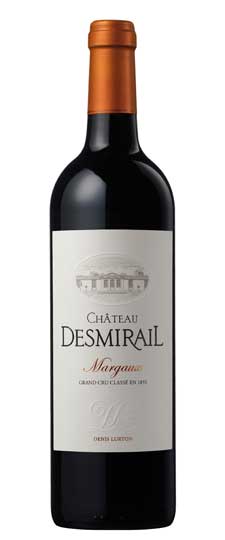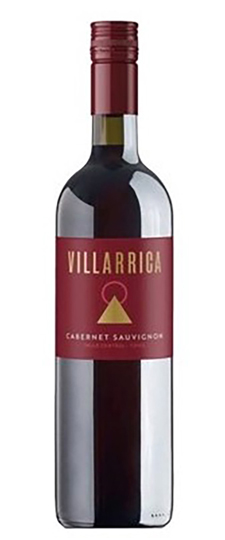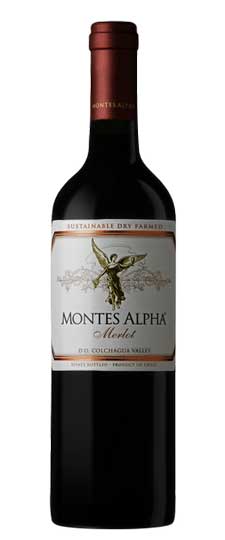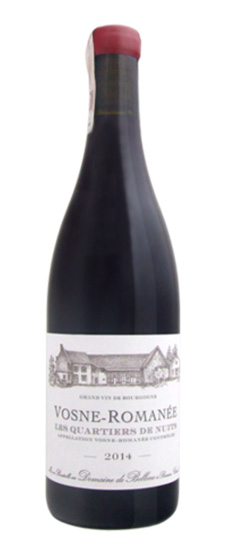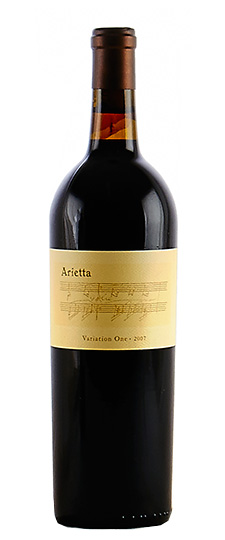Wine Score
Villarrica takes its name from one of Chile’s active volcanoes. At 2500 metres it is an amazing sleeping beauty….A lovely wine with generous fruit & flavour – blackcurrants & blackberries & then with gentle flavours of spice & mint which add depth & complexityA lovely smooth wine.
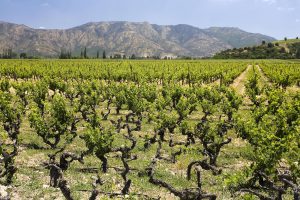 Maule Valley is the largest wine-producing region in Chile other than the Central Valley, of which it is a part. It has 75,000 acres (30,000ha) under vine, and has traditionally been associated with quantity rather than quality. But this is rapidly changing – the bulk-producing Pais vine is gradually being replaced with more international varieties such as Cabernet Sauvignon and Carmenère, and careful winemaking practices are being employed to make some world-class red wines from old-vine Carignan.
Maule Valley is the largest wine-producing region in Chile other than the Central Valley, of which it is a part. It has 75,000 acres (30,000ha) under vine, and has traditionally been associated with quantity rather than quality. But this is rapidly changing – the bulk-producing Pais vine is gradually being replaced with more international varieties such as Cabernet Sauvignon and Carmenère, and careful winemaking practices are being employed to make some world-class red wines from old-vine Carignan.
The Central Valley itself runs between the Andes and the Coastal Mountains from the Chilean capital of Santiago in the north to the up-and-coming region of Bío Bío in the south. The Maule Valley stretches for around 60 miles (100km), and the center of its wine production lies 180 miles (290km) south of Santiago at a latitude of 35°S. Maule is further south than the Central Valley’s star regions of Maipo and Colchagua. The large amount of land covered by the Maule Valley DO (Denominación de Origen) means there is a multitude of terroirs, from low-lying river valleys to Andean hillsides.
Chilean wine
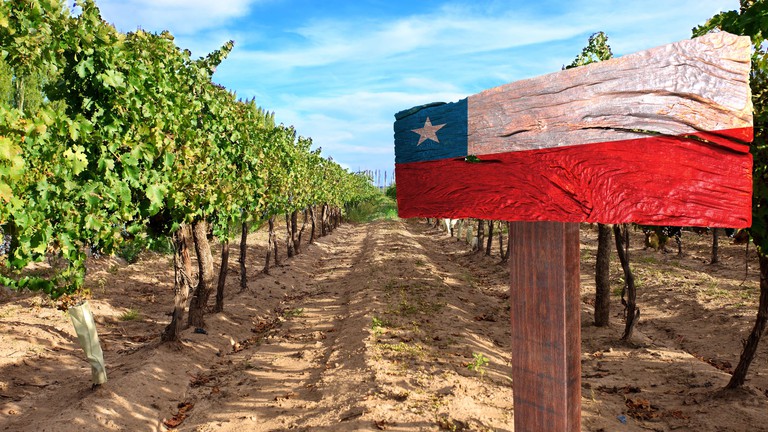
Chilean wine has a long history for a New World wine region, as it was the 16th century when the Spanish conquistadors brought Vitis vinifera vines with them as they colonized the region. In the mid-19th century, French wine varieties such as Cabernet Sauvignon, Merlot, Carmenère and Franc were introduced. In the early 1980s, a renaissance began with the introduction of stainless steel fermentation tanks and the use of oak barrels for aging. Wine exports grew very quickly as quality wine production increased. The number of wineries has grown from 12 in 1995 to over 70 in 2005
A large number of French people immigrated to Chile during the late 20th century, bringing more vinicultural knowledge to the country. Chile is now the fifth largest exporter of wines in the world, and the seventh largest producer. The climate has been described as midway between that of California and France. The most common grapes are Cabernet Sauvignon, Merlot and Carmenère. So far Chile has remained free of the phylloxera louse, which means that the country’s grapevines do not need to be grafted with phylloxera-resistant rootstocks


